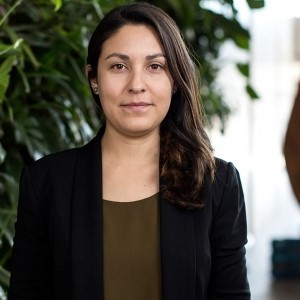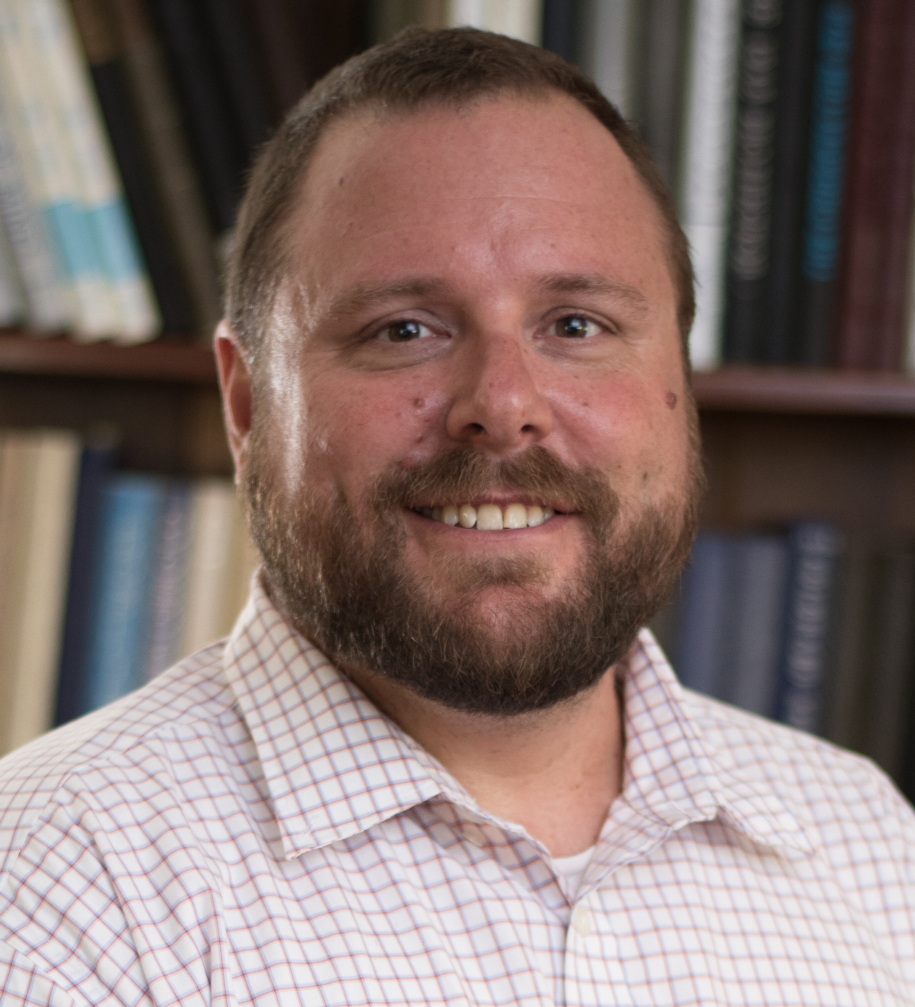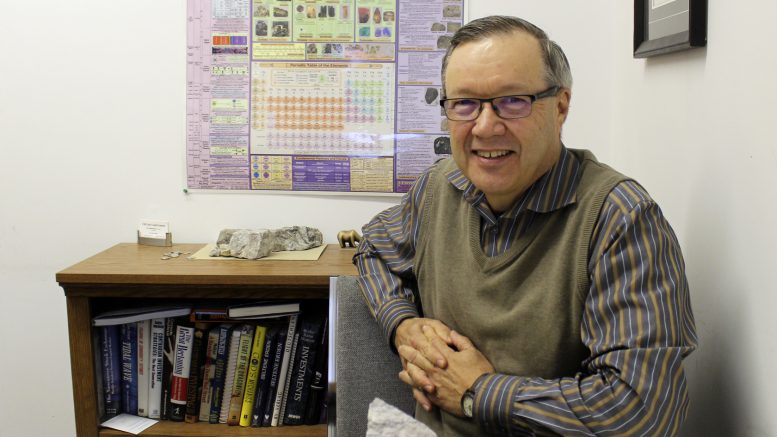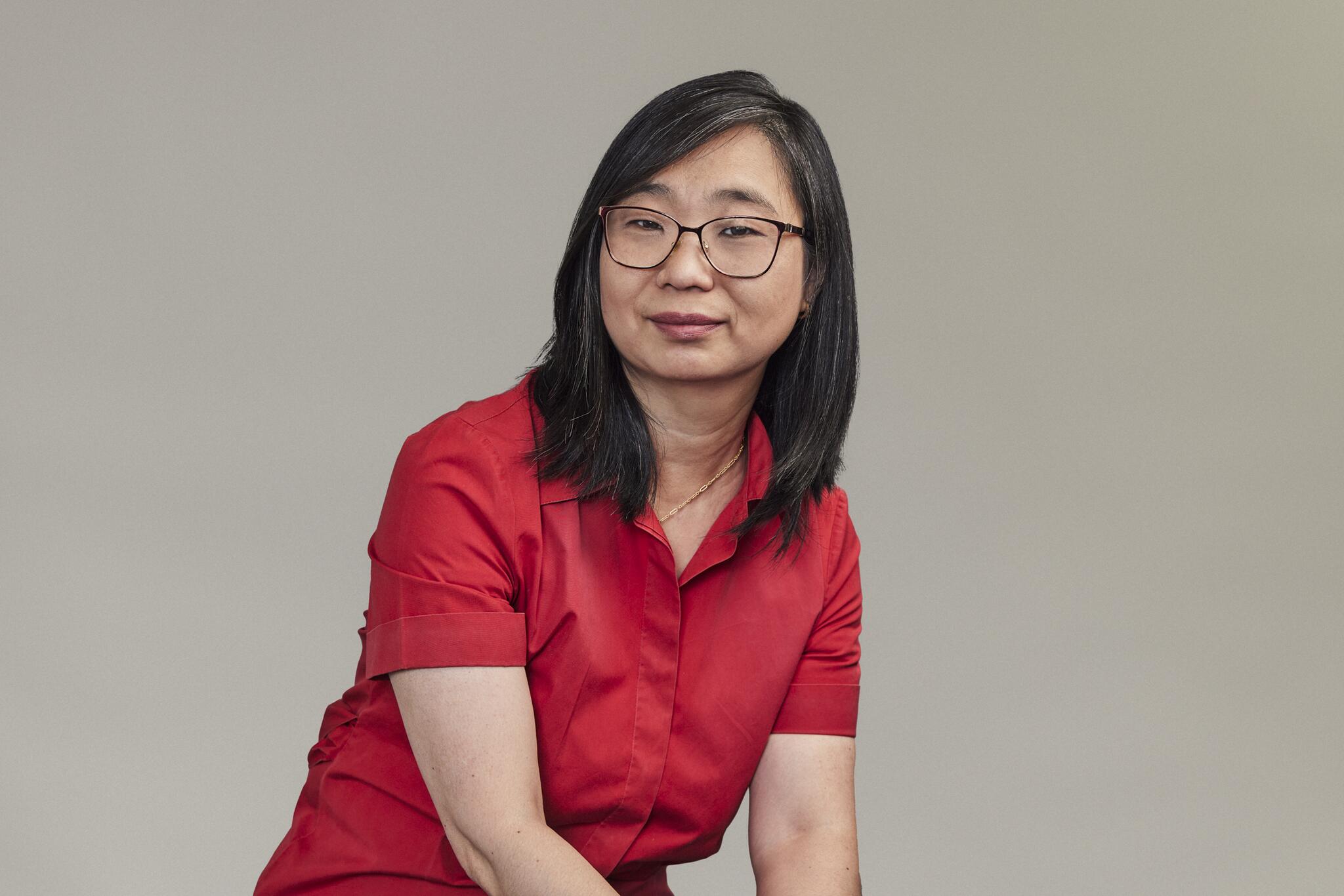Visiting Speaker - Dr. Hanika Rizo
Date
Thursday October 26, 202312:30 pm - 1:30 pm
Location
Miller Hall, Room 201The Department of Geological Sciences and Geological Engineering Visiting Speaker Series Presents:
Dr. Hanika Rizo, Carleton University

Talk Title: Unveiling Earth's Deepest Secrets: Investigating Core-Mantle Chemical Interaction using W Isotopes of Mantle-Derived Rocks
Date: Thursday, October 26
Time: 12:30 pm - 1:30 pm
Location: Miller Hall, Room 201
Coffee and treats will be served.
Abstract:
The subject of core-mantle chemical interaction remains an area of active research and debate. Although thermal exchanges at the core-mantle boundary suggest the potential for chemical interactions, it has generally been assumed that the Earth's core has remained chemically isolated since its formation. This assumption arises from the challenge of identifying unambiguous geochemical evidence supporting this exchange.
One promising avenue for investigating the possibility of core material infiltrating the mantle involves the examination of tungsten (W) isotopes in mantle-derived magmas. The potential of W isotopes to track core-derived material into the mantle lies in the significant differences between the tungsten (W) concentration and 182W isotopic composition in the Earth's core and mantle. Given that W is siderophile, the metallic core segregation from the mantle led to significant differences in the W concentration of these reservoirs. Since this segregation occurred during the lifetime of the Hf-W system, the extinct isotope 182Hf decayed into 182W entirely in the mantle, leaving the core with an unradiogenic 182W isotopic composition.
During this seminar, I will present and delve into the 182W data collected from Hadean and Archean mantle-derived rocks. When this data is combined with information obtained from ocean island basalts or mid-ocean ridge basalts, these findings may represent the most compelling evidence to date that the Earth's core has been steadily releasing tungsten into the mantle since its formation.
Bio:
Hanika Rizo is associate professor at the Department of Earth Sciences of Carleton University. She was born in Mexico, obtained her Ph.D in France, and completed her postdoctoral research at Carnegie Institution for Science in Washington DC. Leading a dedicated research group, she focuses on addressing fundamental questions in planetary sciences. Their inquiries include the formation and evolution of planets, the timing and process of Earth's differentiation into a metallic core and a silicate mantle, and the stabilization of continents along with the emergence of life. To accomplish these objectives, Rizo's team has pioneered mass spectrometry procedures. These techniques enable the identification of isotopic variations resulting from extinct radioactivities with increasing precision, offering valuable insights into planetary processes and Earth's geological history.



.jpeg)
.jpeg)
.png)
.png)
